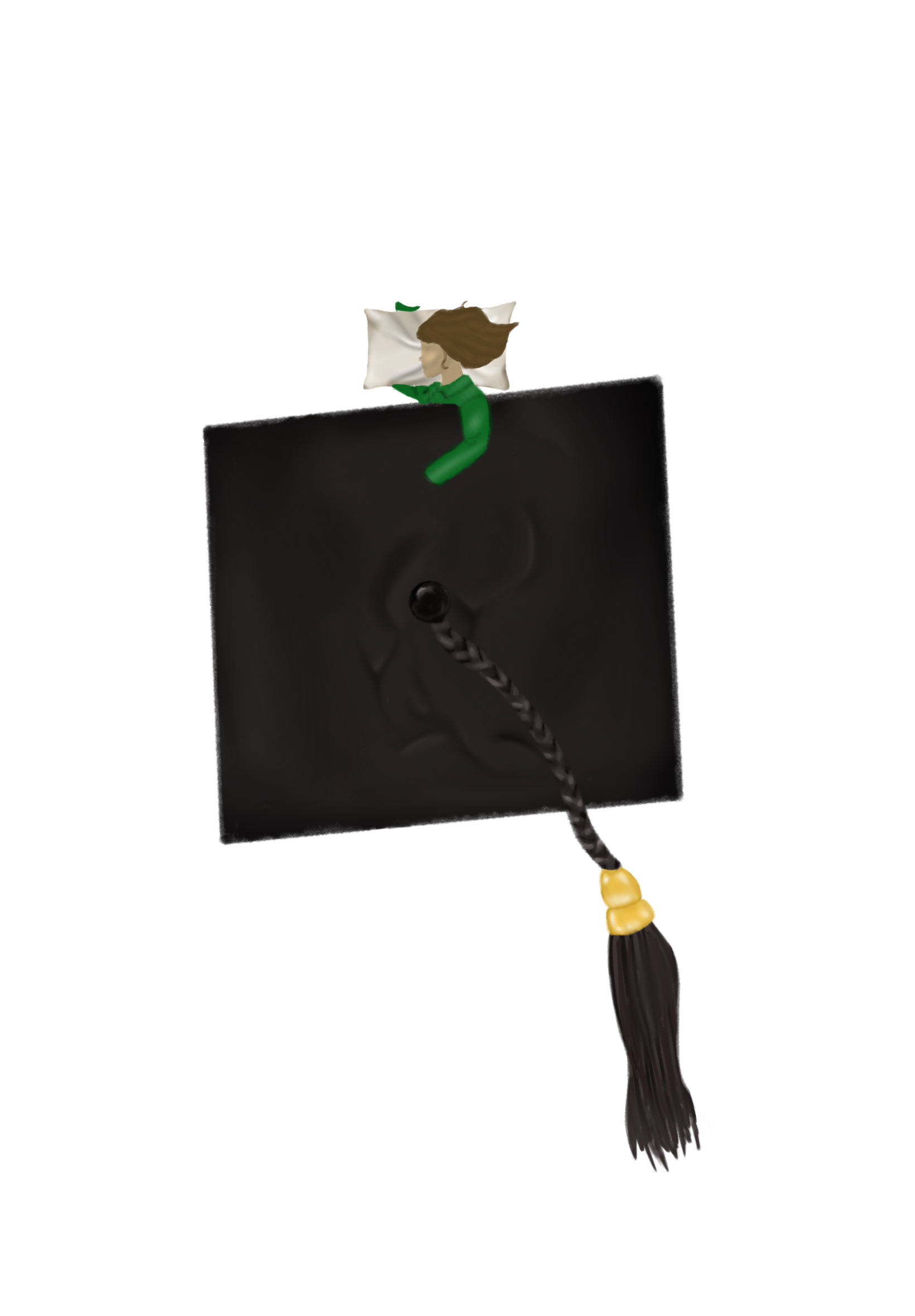It is understandable to want to go outside now and it is a realistic desire to want to do things with people—anything. COVID-19 has all but shut down venues of hobby, socializing and general activity that is not slowly creeping down a grocery aisle, face masked and shopping cart handles still wet from disinfectant.
Enjoying people’s company and engaging in a collective activity is not a far-off dream, however; backyard astronomy, the exploration of space from the comfort of your backyard, balcony or bedroom, offers a way to join in a community-based activity that does not require careful choreographing of one’s social distance.
“Backyard astronomy can be a low-barrier hobby, especially when starting out,” stated Jim Todd of the Rose City Astronomers Club. “The simple act of standing outside at night and looking up at the sky is the very best way to get started.”
The number of accessible activities within the realm of what constitutes backyard astronomy might seem hard to narrow down, and Todd added “the amount available to learn can often seem daunting.”
In July alone, it’s possible to see a penumbral lunar eclipse (July 4), the brightest phase of recently discovered Comet NEOWISE (July 5–6), this year’s closest approach of Jupiter (July 14) and Saturn (July 20) and the Delta Aquariid meteor shower (July 28–29).
Without a telescope, these events are still easily visible to the naked eye. 20 meteors are visible a minute during the Delta Aquariid meteor shower and the penumbral lunar eclipse, when the moon passes through Earth’s outer shadow is a multi-hour event. Meanwhile, a pair of binoculars can greatly enhance the view of the oppositions of Jupiter and Saturn.
For truly accessible viewing, radio receivers like the online setup at livemeteors.com can capture the sounds of meteors entering the atmosphere, providing an audio or haptic experience for those with difficulty seeing.
Meanwhile, those who desire an optical enhancement can consider the option of joining an astronomy club in their city. RCA’s Todd pointed out many clubs offer telescopes for members to check out for a time. These arrangements provide club members the opportunity to take home a telescope to use for a variety of purposes, from astrophotography to basic viewing. And although COVID-19 has put these lending functions on hold, club functions have for the most part moved online for clubs throughout the country, including interest groups focused on optical viewing.
Why spy the sky?
It is generally accepted that social distancing can slow the spread of COVID-19, especially true social distancing involving staying home. Science agrees with the concept of staying home to save lives, therefore activities done entirely at home on your own are extremely successful at both keeping you busy and keeping you healthy.
The idea of a quarantine cosmic jaunt is thus an important consideration when you are tired of sitting at home.
Here’s the thing: that sky you’re looking at is almost certainly the same sky everyone else can see when they turn their eyes heavenward. Allowing for transient and localized events like bolides (fiery, extra bright meteors that explode) and short-lived phenomena like noctilucent clouds (electric-blue high atmospheric clouds), things in the night sky beyond the reach of our lower atmosphere do not actually change that quickly. In the case of the moon, for example, a quick glance at the moon two hours after a friend tells you to go check it out will only mean a roughly .2% change in phase. That might mean a lot if you are interested in checking out a crater on the edge of the earth’s shadow, but in the grand scheme of things, Luna’s orb appears unchanged.
In the context of social distancing and public health, this kind of community activity is incredibly important.
There is also the proliferation of astronomy and space science online that can provide this same kind of connection with your neighbors, so even if the sky is cloudy—a fair bet in Portland—the wonders of the sky in their current form are still largely accessible, barring some kind of worldwide outbreak of Oregon gloom.
This is where the mental health benefits of backyard astronomy make themselves known. You can easily immerse yourself in a generations-long fascination with the stars and planets uncountable without leaving your personally defined safety bubble. That longing for any kind of association with people can be met in large part by turning your eyes, ears or haptic device toward the sky.
Learning your lines
Rose City Astronomers’ Todd was open about the possibilities for learning beyond just the grasping of the mere existence of phenomena in the sky. He also tamped down any expectation of a difficult, perhaps stereotypically nerdy and difficult hobby. “All of these tips could sound intimidating on your own. However, they are simple if you go to a star party or club event. You can talk to other beginners as well as experts and start to find your way toward what interests you,” Todd stated.
To that end, Todd provided resources for the beginning stargazer. Websites like Stellarium, In The Sky and The Sky Live offer means of getting your bearings around the starry depths. Heavens Above, NASA’s Solar Dynamics Observatory and SpaceWeather.com give the beginner and expert alike a chance to step beyond just distant stars and nearby planets in their celestial viewing. Astronomy Picture of the Day, updated daily without fail, provides a carefully curated gallery of space that touches on all aspects, from method to Pulitzer-worthy digital tableau.
A quick glance at Vanguard’s bookshelf also shows that old-fashioned paper and bindings provide guidepost and interpretation of the night sky. Books like the venerable Peterson First Guide to Astronomy and Peterson’s Field Guide to Stars and Planets, Chet Raymo’s 365 Starry Nights, Golden Guide’s Stars, Terence Dickinson’s NightWatch and Alan Dyer’s The Backyard Astronomer’s Guide provide a starter library of classic texts.
Scientific exploration by curious and starry-eyed social distancers is thus worth all the stars in the sky.






